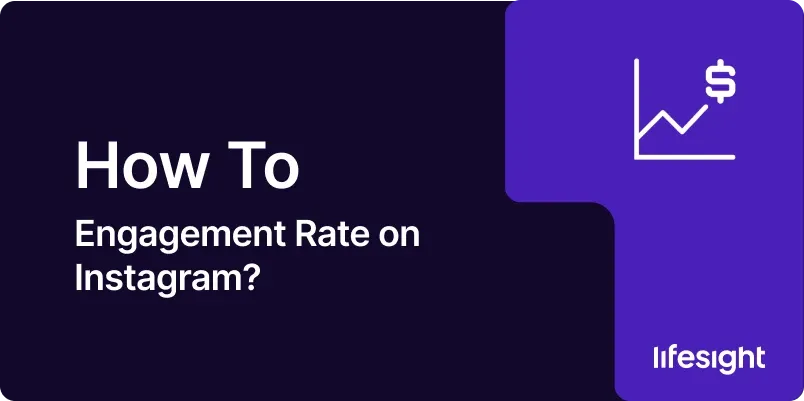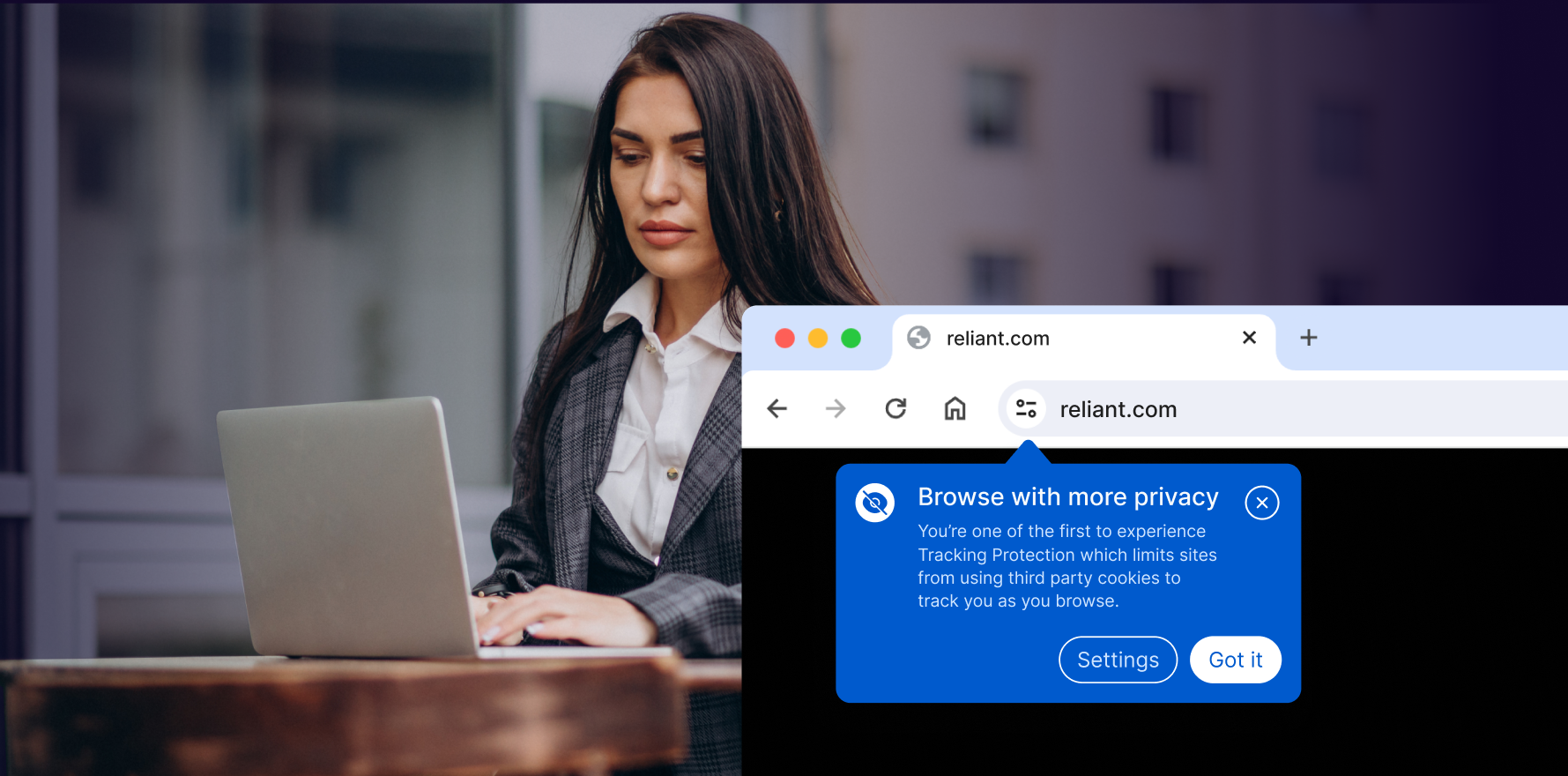
Short Description
Instagram Engagement Rate measures the level of interaction between an account’s content and its audience, typically expressed as a percentage. It’s a crucial metric for evaluating the effectiveness of Instagram content strategies and the strength of connections with followers.
Introduction
In the ever-evolving world of social media marketing, Instagram stands out as a powerhouse platform for brands and influencers alike. But with millions of posts shared daily, how do you measure the true impact of your content? This is where Engagement Rate comes into play. Whether you’re a social media manager, influencer, or business owner, understanding how to calculate and interpret Instagram Engagement Rate can provide valuable insights into your content’s performance and audience connection. This guide will walk you through the intricacies of Instagram Engagement Rate, from its basic calculation to its strategic implications and limitations.
Definitions of Key Terms
Before we delve into the calculation of Instagram Engagement Rate, let’s define some key terms:
- Engagement Rate: The percentage of your audience that interacts with your content.
- Engagements: Any interaction a user has with your post, including likes, comments, saves, and shares.
- Impressions: The total number of times your post has been seen.
- Reach: The number of unique accounts that have seen your post.
- Followers: The number of accounts subscribed to your Instagram profile.
- Post: Any content shared on Instagram, including photos, videos, carousels, and Reels.
- Instagram Insights: Instagram’s native analytics tool for business and creator accounts.
- Macro-influencer: An influencer with a large following, typically between 100,000 and 1 million followers.
- Micro-influencer: An influencer with a smaller, often more engaged following, typically between 1,000 and 100,000 followers.
- Instagram Algorithm: The system Instagram uses to determine which content to show to which users.
The Formula to Calculate Engagement Rate on Instagram
There are several ways to calculate Engagement Rate on Instagram, but the most common formula is:
Engagement Rate = (Total Engagements / Total Followers) x 100%
For a more accurate representation, especially for accounts with large followings, you might use reach instead of followers:
Engagement Rate = (Total Engagements / Reach) x 100%
Step-by-Step Guide to Calculating Engagement Rate on Instagram
- Define Your Time Period: Decide whether you want to calculate engagement for a single post or an average over a specific time period.
- Count Total Engagements: Sum up all likes, comments, saves, and shares for the post(s) in question.
- Determine Your Follower Count or Reach: Use your follower count at the time of posting, or use the reach data from Instagram Insights.
- Apply the Formula: Divide total engagements by followers (or reach).
- Convert to Percentage: Multiply the result by 100 to get your Engagement Rate as a percentage.
Example Illustrating the Instagram Engagement Rate Formula
Let’s walk through a practical example to illustrate how to calculate Engagement Rate:
Suppose you have an Instagram post with the following metrics:
- Likes: 500
- Comments: 50
- Saves: 30
- Shares: 20
- Total Followers: 10,000
Total Engagements = 500 + 50 + 30 + 20 = 600
Applying the Engagement Rate formula:
Engagement Rate = (600 / 10,000) x 100% = 6%
This means your post has an engagement rate of 6%.
What Instagram Engagement Rate is Used For and Why It’s Important
Engagement Rate on Instagram is a crucial metric for several reasons:
- Content Performance: It helps evaluate which types of content resonate most with your audience.
- Audience Connection: High engagement rates indicate strong connections with your followers.
- Influencer Marketing: Brands use engagement rates to identify and evaluate potential influencer partnerships.
- Algorithm Optimization: Instagram’s algorithm favors content with high engagement, potentially increasing visibility.
- Competitive Analysis: It allows for comparison of performance against competitors or industry benchmarks.
- ROI Measurement: For businesses, it helps measure the return on investment in Instagram marketing efforts.
- Growth Strategy: It informs strategies for growing a more engaged, loyal follower base.
Where Instagram Engagement Rate Calculation is Applied
Engagement Rate calculations are applied across various Instagram contexts:
- Brand Accounts: To evaluate the effectiveness of their content strategy and audience connection.
- Influencer Profiles: To demonstrate value to potential brand partners.
- Marketing Campaigns: To measure the success of specific marketing initiatives on Instagram.
- Product Launches: To gauge audience interest and response to new products.
- Content Types: To compare engagement across different content formats (e.g., photos vs. videos vs. Reels).
- Hashtag Campaigns: To evaluate the performance of branded or campaign-specific hashtags.
- Cross-Platform Comparison: To compare performance on Instagram against other social media platforms.
- Audience Segmentation: To understand engagement levels among different audience segments.
- Influencer Discovery: Agencies and brands use it to find influencers with highly engaged audiences.
- Account Growth Tracking: To monitor how engagement changes as an account grows its follower base.
Limitations of Instagram Engagement Rate
While Engagement Rate is a valuable metric, it has several limitations:
- Quantity vs. Quality: It doesn’t differentiate between meaningful interactions and superficial ones.
- Follower Authenticity: Engagement rates can be skewed by fake followers or bot activity.
- Content Type Bias: Some types of content naturally generate more engagement than others.
- Reach Limitations: Organic reach limitations can affect engagement rates, especially for larger accounts.
- Time Sensitivity: Engagement can vary greatly depending on when content is posted.
- Doesn’t Measure Conversions: High engagement doesn’t necessarily translate to business outcomes.
- Algorithm Changes: Instagram’s frequent algorithm updates can impact engagement rates.
- Audience Size Bias: Smaller accounts often have higher engagement rates due to closer community ties.
- Ignores Impressions: Using followers as the denominator doesn’t account for how many people actually saw the post.
- Engagement Baiting: Some tactics to artificially boost engagement (like “comment to win”) can skew the metric.
Factors Impacting Instagram Engagement Rate
Several factors can significantly impact your Instagram Engagement Rate:
- Content Quality: High-quality, relevant content tends to drive higher engagement.
- Posting Frequency: Posting too often or too rarely can affect engagement.
- Posting Time: Sharing content when your audience is most active can improve engagement.
- Caption Strategy: Compelling captions that encourage interaction can boost engagement.
- Hashtag Usage: Effective use of hashtags can increase content visibility and engagement.
- Account Size: Engagement rates often decrease as follower count increases.
- Content Format: Different formats (photos, videos, carousels, Reels) may have varying engagement rates.
- Instagram Features Usage: Utilizing features like Stories, Polls, and Questions can drive engagement.
- Cross-Promotion: Promoting posts on other platforms or through collaborations can impact engagement.
- Community Management: Responding to comments and fostering community can encourage more engagement.
Other Strategies for Assessment
While Engagement Rate is crucial, it should be used alongside other metrics for a comprehensive assessment:
- Reach and Impressions: Measure how many people are seeing your content.
- Follower Growth Rate: Tracks how quickly your audience is growing.
- Story Views and Interactions: Measures engagement with your Instagram Stories.
- Click-Through Rate: For posts with links (e.g., “Link in Bio”), measures how often users are clicking through.
- Sentiment Analysis: Evaluates the tone of comments and messages (positive, negative, neutral).
- Saved Posts: Indicates how many users found your content valuable enough to save for later.
- Direct Messages: While harder to track, can indicate strong audience connection.
- Profile Visits: Shows how often users are visiting your profile after seeing your content.
- Hashtag Performance: Measures the reach and engagement of your branded or campaign hashtags.
- Conversion Rate: For business accounts, tracks how often Instagram engagement leads to desired actions (e.g., website visits, purchases).
The Relationship Between Instagram Engagement Rate and Other Metrics
Understanding how Engagement Rate relates to other metrics provides a more comprehensive view of performance:
- Engagement Rate and Reach: High engagement can lead to increased reach due to algorithm favorability.
- Engagement Rate and Follower Growth: Engaging content can attract new followers, but rapid follower growth can temporarily decrease engagement rate.
- Engagement Rate and Conversion Rate: While not directly correlated, higher engagement often leads to better conversion rates.
- Engagement Rate and Content Type: Different content types (e.g., Reels vs. static posts) may have varying typical engagement rates.
- Engagement Rate and Posting Time: Engagement rates can vary based on when content is posted relative to audience active times.
- Engagement Rate and Hashtag Use: Effective hashtag use can increase engagement by improving content discovery.
- Engagement Rate and Account Size: There’s often an inverse relationship between account size and engagement rate.
Benefits of Calculating Instagram Engagement Rate
Regularly calculating and analyzing Instagram Engagement Rate offers numerous benefits:
- Content Optimization: Helps identify what type of content resonates best with your audience.
- Audience Understanding: Provides insights into audience preferences and behavior.
- Performance Tracking: Offers a consistent metric to track content performance over time.
- Strategy Refinement: Informs adjustments to your content and Instagram marketing strategy.
- Competitive Analysis: Allows for benchmarking against industry standards and competitors.
- Influencer Evaluation: Aids in identifying and evaluating potential influencer partnerships.
- ROI Demonstration: Helps in demonstrating the value of Instagram marketing efforts to stakeholders.
- Algorithm Alignment: Higher engagement can lead to more favorable treatment by Instagram’s algorithm.
- Community Building: Encourages focus on creating content that sparks conversation and builds community.
- Brand Health Indicator: Serves as a proxy for overall brand health and audience affinity on Instagram.
Conclusion
Instagram Engagement Rate is a powerful metric that provides crucial insights into the effectiveness of your content and the strength of your connection with your audience. By mastering the calculation and interpretation of Engagement Rate, social media managers, influencers, and businesses can make data-driven decisions to improve their Instagram strategies, foster stronger audience relationships, and ultimately drive better results on the platform.
However, it’s important to remember that while Engagement Rate is valuable, it should not be used in isolation. Combining Engagement Rate analysis with other performance metrics, considering its limitations, and placing it in the broader context of your Instagram and overall marketing goals will provide a more comprehensive view of your social media performance.
As Instagram continues to evolve with new features and changing user behaviors, so too will the strategies for calculating and optimizing engagement. Staying informed about platform updates, emerging content trends, and shifts in user preferences will be crucial for maintaining a competitive edge on Instagram.
By regularly calculating, analyzing, and acting on Engagement Rate data, Instagram users can ensure they’re creating content that not only reaches their audience but truly resonates with them, fostering a vibrant and engaged community in the ever-changing landscape of social media.
Free essential resources for success
Discover more from Lifesight
















